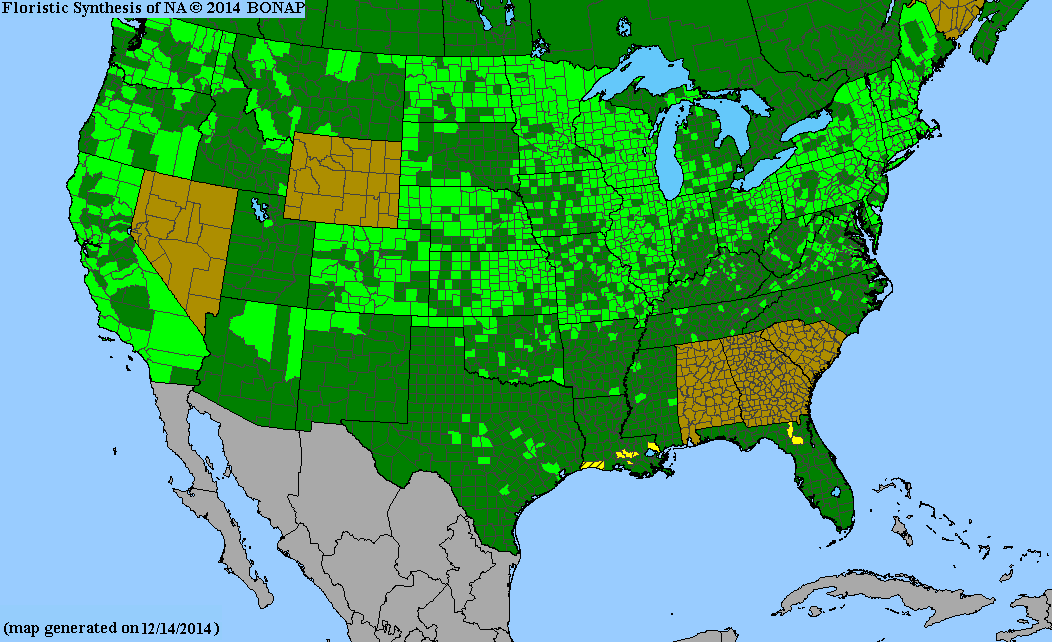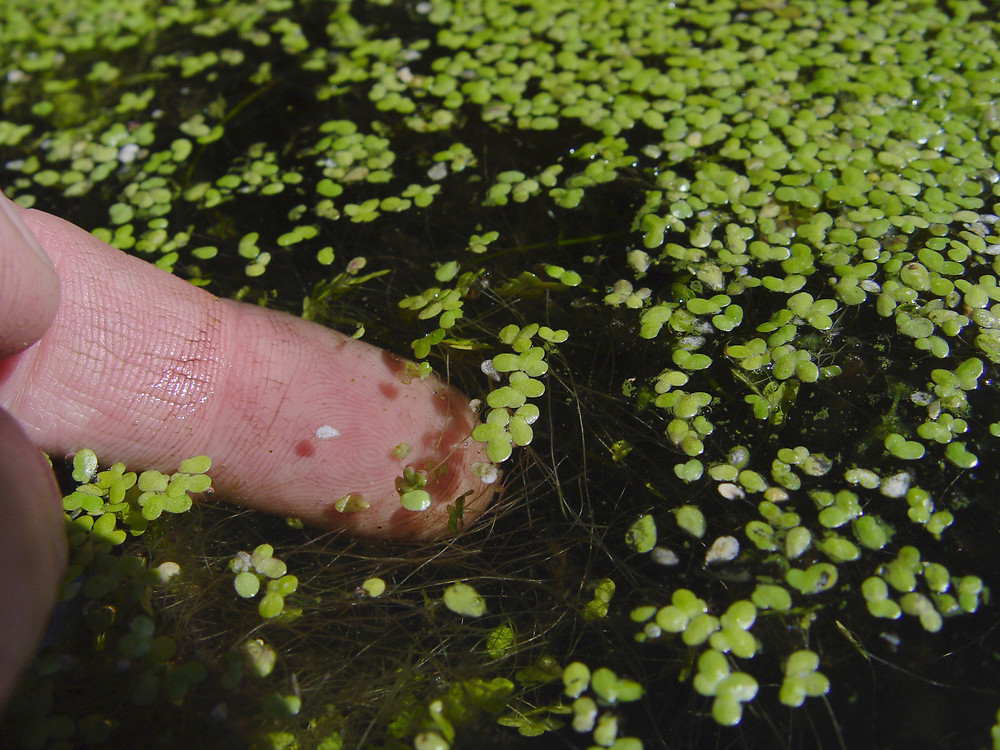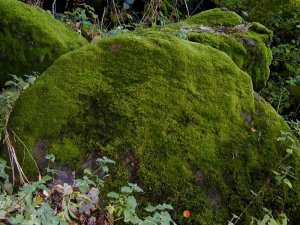Written by: Liam Kastell
Introduction
Most plants function with around the same amount of carbon dioxide(CO2). CO2 is a major part of photosynthesis (Figure 1). The image below shows how photosynthesis occurs, which is impossible without the inclusion of carbon dioxide. There is a giant overabundance of CO2 in the world. This is due to carbon dioxide being thoroughly distributed through the atmosphere
 |
| Figure 1 |
CO2's Effect
| Figure 2 |
Conversely, an overabundance of carbon dioxide has the opposite effect. This is shown, again, by the graph above (Figure 1). Up until 900 ppm, an increase of carbon dioxide increases the rate of photosynthesis. One can determine that by the facts presented, carbon dioxide and the rate of photosynthesis have a direct relationship up until a point. Once CO2 reaches the 900 ppm barrier, the rate of photosynthesis stops increasing. This occurs due to most plants reaching maximum saturation for carbon dioxide at around this point, causing it to not increase past it. At this level of CO2 little plants would be overloaded past the point of saturation, while most big plants would be fully saturated.
The Small Plants
 |
| Figure 3 |
 |
| Figure 4 |
" Common duckweed can be used to remove excess nutrients or toxic metals from water bodies (called phytoremediation) because it is an efficient bio-accumulator, is fast-growing and hardy[...] ". The quote states that Lemna minor cleans water for other organisms and serves as nature's "filter".
Another plant that functions akin to Lemna Minor is moss. It can be pictured below (Figure 5). Mosses, also known as a bryophyte, are small plants that use their seta, or photosynthetic stalks, during early production and then terminate them later in life. Later in their life cycles, moss default to chloroplasts that they have built up over the course of using the seta as an alternative form to photosynthesis. Moss is found in many places around the world and is turned into peat and harvested in some countries like Europe, North America, and Asia. Bryophytes are small plants, which means that individually they use up a lot less carbon than most plants.
 |
| Figure 5 |
Conclusion
In conclusion, the effect CO2 levels affect all plants throughout the world in different ways. Small plants just happen to be able to function in carbon dioxide scarce conditions due to their tiny size. Carbon allows photosynthesis to occur, which allows plants like Lemna Minor and the moss convert carbon dioxide and water into glucose and oxygen, albeit in smaller amounts. Carbon dioxide is just a cog in the photosynthesis machine which limits the rate of photosynthesis based on its current level. Smaller plants have an advantage over bigger plants because, due to their size, they reach their maximum photosynthetic rate much quicker. Lemna Minor and moss are both very prominent, small plants that photosynthesize all throughout the world, but are limited by the amount of carbon dioxide in the air to do so.
Sources
Articles:
- Lemna Minor Information: https://gobotany.newenglandwild.org/species/lemna/minor/
- Lemna Minor Map: http://bonap.net/NAPA/TaxonMaps/Genus/County/Lemna (main site is .org but redirects to a .net link)
- Lemna Minor Map http http://www.bonap.org/MapKey.html
- CO2 Information: http://www.waterencyclopedia.com/Bi-Ca/Carbon-Dioxide-in-the-Ocean-and-Atmosphere.html
- Moss Information: http://bryophytes.plant.siu.edu/bryojustified.html
Pictures:
- Figure 1: https://students.ga.desire2learn.com/d2l/lor/viewer/viewfile.d2lfile/1798/12577/h20-c02-light-glucose-oxygen.png
- Figure 2: http://newfs.s3.amazonaws.com/taxon-images-1000s1000/Araceae/lemna-minor-ta-dcameron.jpg
- Figure 3: http://bonap.net/MapGallery/County/Lemna%20minor.png
- Figure 4: http://generalhorticulture.tamu.edu/lectsupl/Physiol/P26F3.GIF
- Figure 5: http://www.microscopy-uk.org.uk/mag/imgmar03/Moss2.jpg
No comments:
Post a Comment